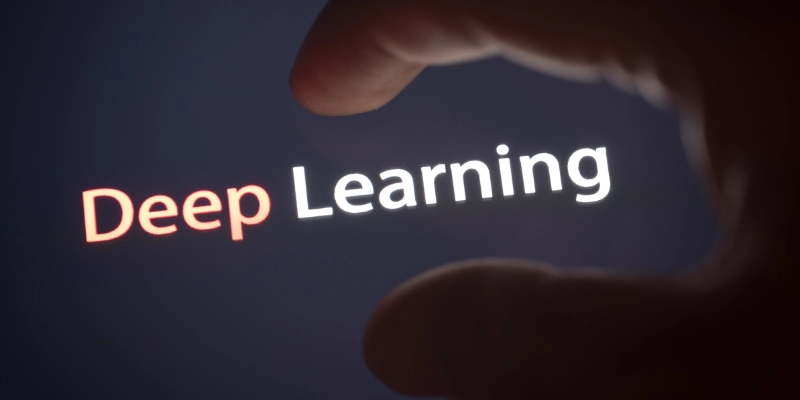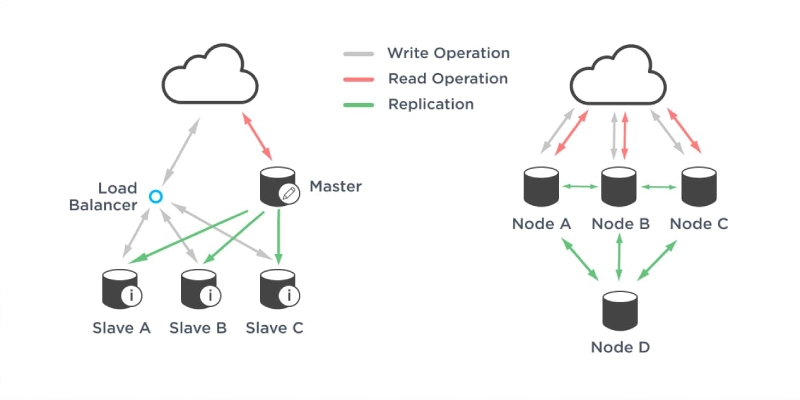Deep Learning is an important part of Artificial Intelligence and can do various things. You can use it to build predictive models and even automate your tasks. To get started with Deep Learning, you need to install TensorFlow. This computer program allows you to train a model in a machine-learning framework. With TensorFlow, you can build neural networks to solve various problems. It is also possible to customize your model to suit your needs.
Introduction
TensorFlow is a library of machine learning algorithms. It is designed to be scalable, portable, and run on CPUs and GPUs. It makes it a great choice for use in cloud computing.
TensorFlow is used to build deep learning models. These models are neural networks. Neural networks consist of an input layer, an output layer, and hidden layers. The input is the data that the model will learn. Information can be fed in as variables or as placeholders.
TensorFlow has an API for both C++ and Python. With its Keras API, you can easily build individual neural networks. You can also add external data and feed it in as a variable.
Neural networks
Deep learning is an exciting subset of Machine Learning, and one of the most popular applications of deep learning is neural networks. Neural networks use artificial neurons to perform several tasks. For example, neural networks can be used to learn and classify images and videos and perform many other tasks.
TensorFlow is an open-source machine-learning library that allows developers to create and train powerful models. In addition, it has an extensive library of pre-trained models. Moreover, it can run on different CPUs and GPUs and is available on mobile devices. It also supports distributed computing.
TensorFlow
Deep Learning with TensorFlow is an open-source library that helps you to build your machine learning applications. It allows you to run deep neural networks, natural language processing, and much more. The graph used in TensorFlow can be scaled with the help of multiple CPUs and GPUs.
When implementing a deep learning model, you will need a large amount of data. It will help you to train the model and make it more efficient.
You will also need good programming knowledge. The good news is that TensorFlow makes it simple to implement deep learning models. You can write a basic model in only ten lines of code.
Keras
If you’re looking for a deep-learning API for your Python project, consider Keras. This API allows you to create and train neural networks quickly. It’s easy to use and provides consistent APIs.
Keras allows you to work with popular mathematical libraries, including Theano and CNTK, to use your favorite deep-learning algorithms. It also supports multiple backends for computation. And it’s easy to share models between the different backends.
In addition to these features, it also has a built-in Python front. That means you can run it on CPUs or GPUs.
MATLAB
MATLAB for deep learning with TensorFlow offers an easy-to-use environment to work with neural networks. MATLAB provides an integrated toolbox for model preparation, optimization, and deployment. It also supports interoperability with other deep learning frameworks. For example, it can generate CUDA code that runs on desktop targets, embedded targets, or GPUs.
In addition to modeling, MATLAB for deep learning with TensorFlow can support the creation of custom network architectures. It includes the use of Python and Python modules such as Keras. When importing layers from TensorFlow, the software automatically creates custom layers for you.
Users can also edit network architectures with the Deep Learning Toolbox. The toolbox includes the Deep Neural Networks block library.
Customizing your models
Customizing Your Models with TensorFlow 2 online course builds on the foundational skills gained in Getting Started with TensorFlow 3. While Getting Started with TensorFlow 2 is a prerequisite, it is not a prerequisite for Customising Your Models with TensorFlow 2.
This online course is a self-paced, hands-on introduction to the deep learning architectures of TensorFlow. It covers various applications, including speech audio generation, sentiment analysis, and financial time series.
Customizing Your Models with TensorFlow offers a unique combination of development and pre-recorded lectures. Students will learn how to use lower-level APIs in TensorFlow to build models and how to implement custom training loops. The Capstone Project will help students put these skills to work.




